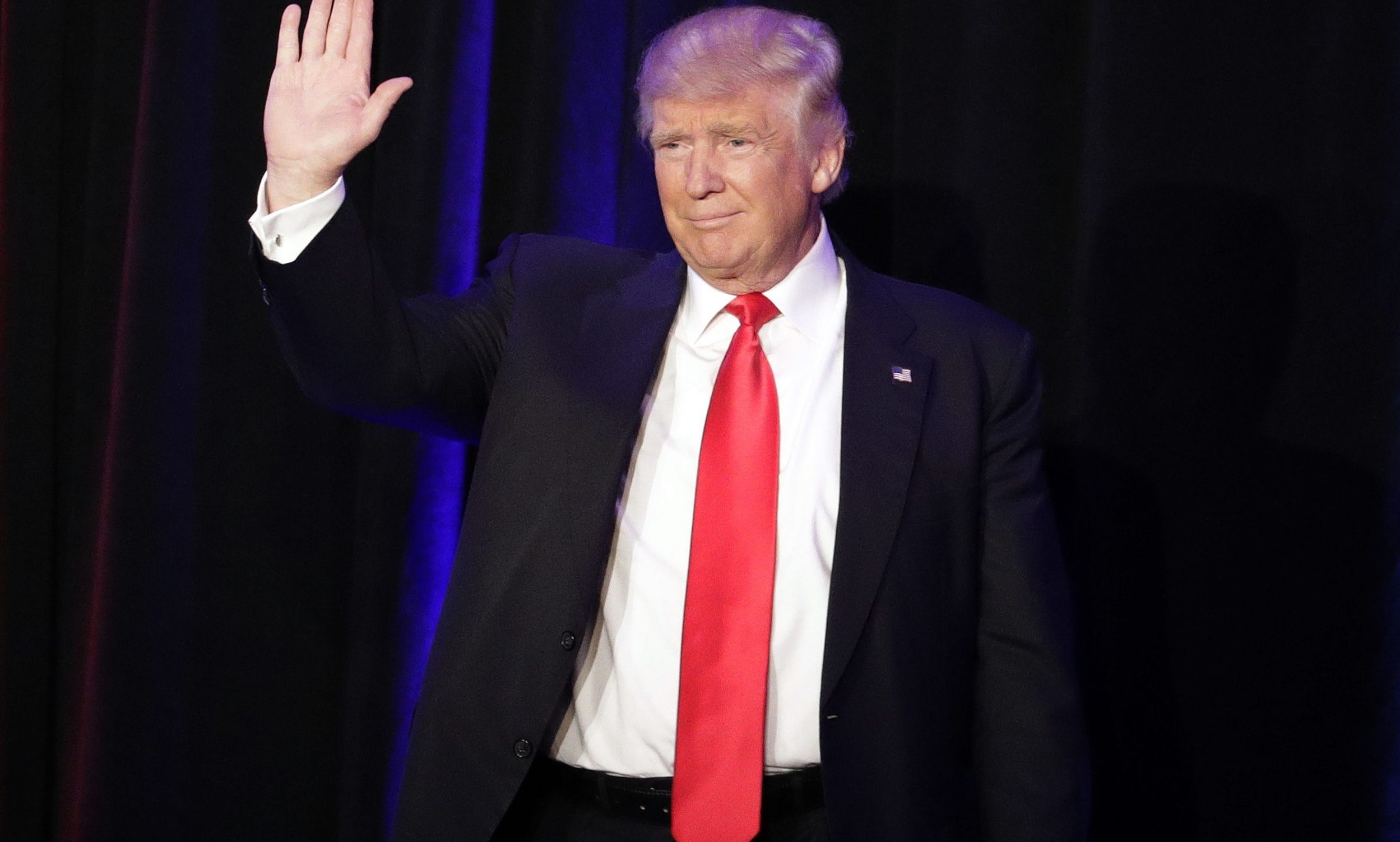The extraordinary appeal of President Elect Donald Trump has been explained in a prophetic new book co-written by a St Andrews professor.
Professor Stephen Reicher of the School of Psychology and Neuroscience at the St Andrews University and Professor S Alexander Haslam of Queensland University argued that it was a mistake to assume Trump supporters were ignorant or irrational.
Indeed the authors suggest that such a viewpoint, akin to characterising Trump voters as “deplorables”, plays directly into the tycoon’s hands.
It exemplifies Trump’s argument that the world is divided into an unaccountable establishment who sneer, exploit and ignore ordinary people, and that he stands outside the establishment on the side of the people.
Trump succeeds by providing a way where his view of the world makes sense to supporters and speaks to them.
They go on to explain that “he establishes himself as a champion and as a voice for people who otherwise feel unchampioned and voiceless”.
In this context, even Trump’s gaffes actually increase his appeal so his crudity, his incivility, even his mistreatment of women establish him as an ordinary guy, warts and all, unlike smooth, polished and dishonest political operators.
With Trump what you see is what you get, the book, which will be published in the New Year, argues.





